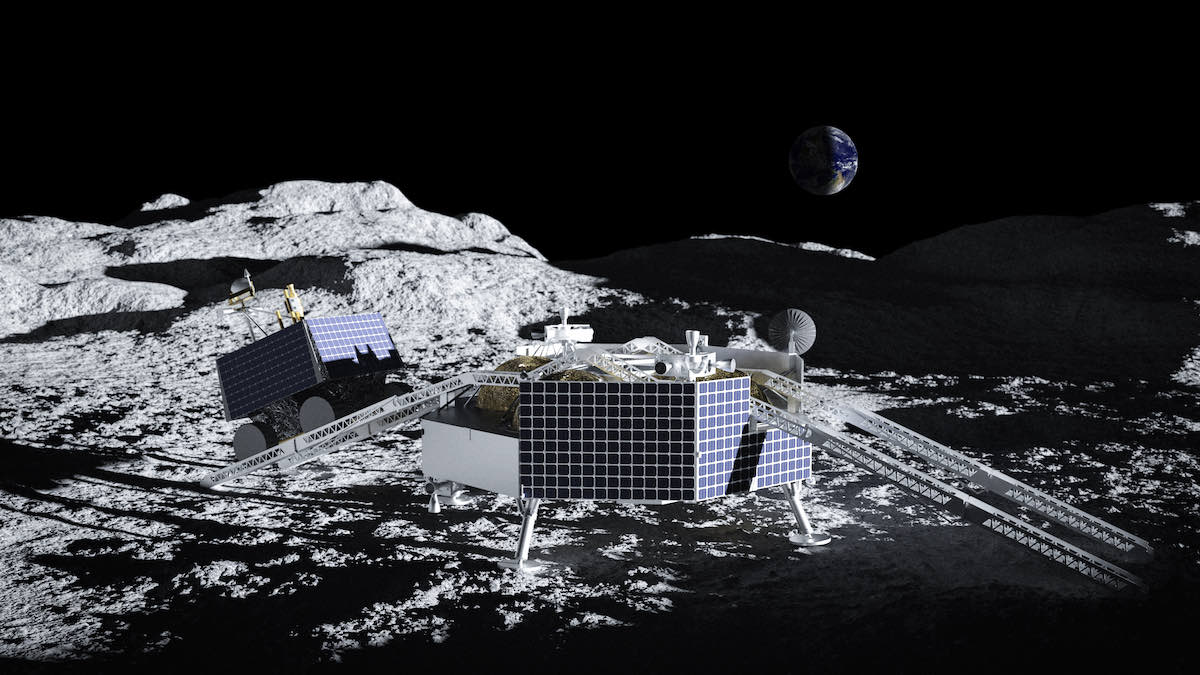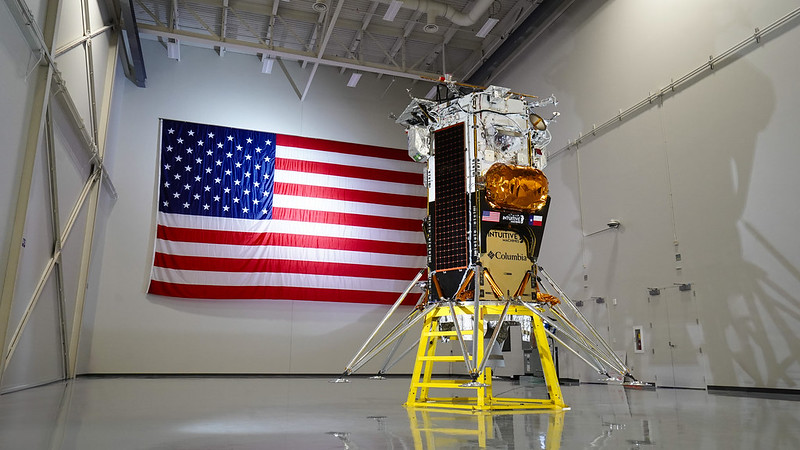File: A Falcon 9 rocket stands ready to launch a Starlink mission. Image: SpaceX
SpaceX is looking to notch its fourth launch in January with another Starlink flight. A Falcon 9 rocket carrying 23 Starlink satellites is targeting liftoff at 7:52 p.m. EST (0052 UTC) from Space Launch Complex 40 (SLC-40) at Cape Canaveral Space Force Station.
The company was launching at a rate of about every four days or so from the Cape towards the end of 2023. However, the launch cadence on the East Coast has slowed somewhat with one of the two Florida-based droneships, ‘Just Read the Instructions,’ still on the sidelines after it was damaged during a booster recovery in late December.
Spaceflight Now will have live launch coverage starting an hour before liftoff.
The first stage booster supporting Saturday evening’s launch, tail number B1073, will be making its 12 flight on the Starlink 6-37 mission. Its pedigree includes launching ispace’s HAKUTO-R Mission 1 lander, SpaceX’s 27th Commercial Resupply Services (CRS-27) mission and seven Starlink missions.
About 8.5 minutes after liftoff, B1073 will land on the droneship, ‘A Shortfall of Gravitas.’ This will be the 57th landing on ASOG and the 263rd SpaceX booster landing to date. SpaceX will also endeavor to recover the payload fairings.






















